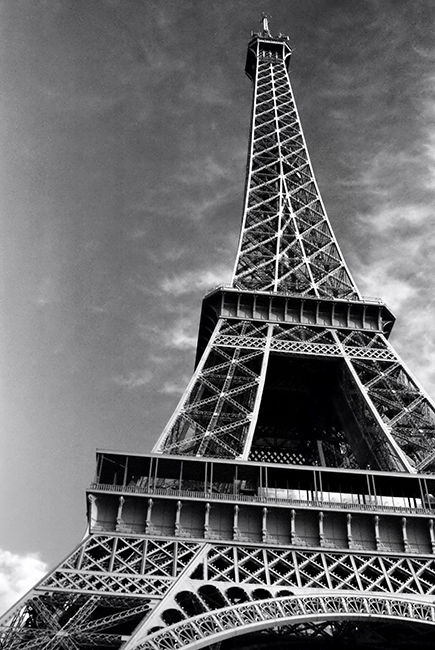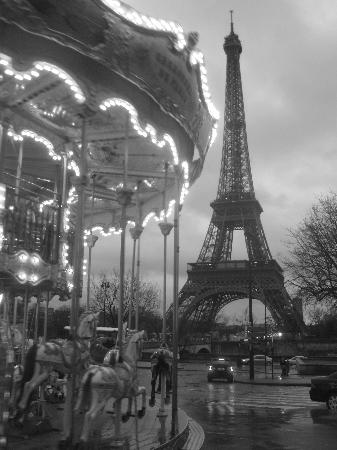





Overview: Courchevel is made up of five separate resorts, all within the Trois Vallées ski area, which also incorporates Meribel and Val Thorens. The main resorts are named after their heights - Courchevel 1850, 1650, 1550 and Le Praz 1300. La Tania is another, small purpose-built resort situated on a ridge between Courchevel and Meribel. Courchevel 1850 is the smartest and most expensive of the resorts; it has the best restaurants, nightlife and access to the slopes. Courchevel 1650 and 1550 are quieter, more suited to families, and Le Praz is a pretty village with narrow streets, but due to its altitude has less reliable snow.
Skiing: The Trois Vallées ski area is one of the best and most extensive in the world (10 times larger than Vail, the largest ski resort in the States), and Courchevel offers the best skiing within the area. There are lots of easy slopes for beginners beneath the Saulire cable car base station and there's lots of choice for intermediates in both Courchevel and neighbouring Meribel. Advanced skiers will enjoy the reds and blacks above La Saulire; there are also some challenging north-facing slopes above Val Thorens, which can be reached within a day's skiing. Snowboarders will find some great slopes for cruising and some exciting couloirs for experts. When the snow's good there's some good off-piste - but it's advised to only go with a guide.
Shopping: Courchevel 1850 offers the best shopping, ranging from ski shops to expensive designer boutiques. The lower resorts all have ski shops and mini-supermarkets as well as a fine selection of bakeries and delicatessens.
Restaurants: Courchevel 1850 has the best and most expensive restaurants. Chabichou and Le Bateau Ivre offer some of the best food in the Alps, however all resorts have a good choice of reasonably priced, good quality restaurants.
Nightlife: All the villages offer their own nightlife, although most visitors make the trip to Courchevel 1850 for the liveliest clubs and bars.
Activities: Parasailing and tobogganing can be arranged and for whiteout days there is a cinema, bowling, ice skating and a swimming pool. Some of the smarter hotels offer spa treatments.
Negatives: Courchevel 1850 is very expensive, although it's still possible to find 2 and 3-star hotels. As a rule, it is cheaper the lower you go. During school holidays some slopes can get very crowded.




Skiing: The Trois Vallées ski area is one of the best and most extensive in the world (10 times larger than Vail, the largest ski resort in the States), and Courchevel offers the best skiing within the area. There are lots of easy slopes for beginners beneath the Saulire cable car base station and there's lots of choice for intermediates in both Courchevel and neighbouring Meribel. Advanced skiers will enjoy the reds and blacks above La Saulire; there are also some challenging north-facing slopes above Val Thorens, which can be reached within a day's skiing. Snowboarders will find some great slopes for cruising and some exciting couloirs for experts. When the snow's good there's some good off-piste - but it's advised to only go with a guide.
Shopping: Courchevel 1850 offers the best shopping, ranging from ski shops to expensive designer boutiques. The lower resorts all have ski shops and mini-supermarkets as well as a fine selection of bakeries and delicatessens.
Restaurants: Courchevel 1850 has the best and most expensive restaurants. Chabichou and Le Bateau Ivre offer some of the best food in the Alps, however all resorts have a good choice of reasonably priced, good quality restaurants.
Nightlife: All the villages offer their own nightlife, although most visitors make the trip to Courchevel 1850 for the liveliest clubs and bars.
Activities: Parasailing and tobogganing can be arranged and for whiteout days there is a cinema, bowling, ice skating and a swimming pool. Some of the smarter hotels offer spa treatments.
Negatives: Courchevel 1850 is very expensive, although it's still possible to find 2 and 3-star hotels. As a rule, it is cheaper the lower you go. During school holidays some slopes can get very crowded.




























